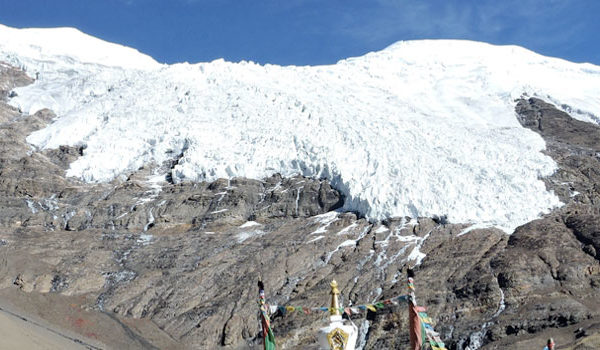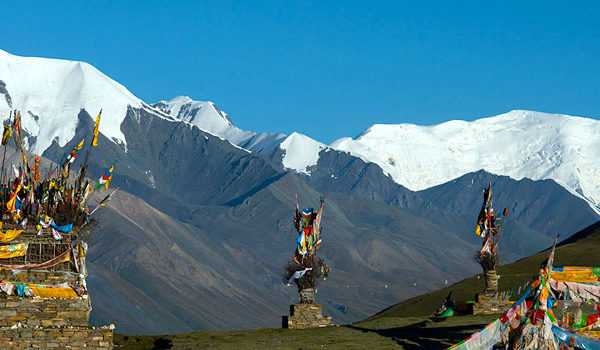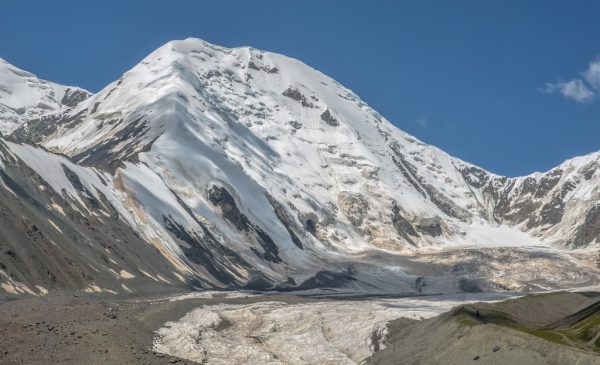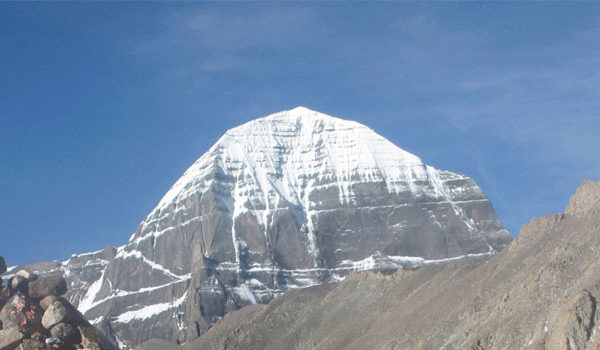Tibet Everest Base Camp Trek is one of the world’s greatest journeys that combines Tibetan awesome culture with the highest trekking route on earth. It’s close to the summit of Mount Everest that can be reached without the need for crampons, ice axes or any mountaineering skills.
Flying into Lhasa from Kathmandu/Mainland China with the amazing views of the Himalayan giants of Everest, Makalu, Cho Oyu and Kanchenjunga, four of the highest peaks in the world. We will spend several days in our acclimatisation and exploration approach to Everest base camp and advanced Everest Base Camp in Tibet.
We witness the sights and sounds of Lhasa and Tibet – Potala palace, Norbulingka temple, Jorkhang Square, Sera and Drepung monasteries, Namtso Lake on the way to Gyantse and Tashilhunpo monastery in Shigatse.
We start our Tibet trekking from Tingri which means you’ll be in good shape and well acclimatize before your ascend to Everest advanced Base Camp. En route there are yak herders camps and grain farms, moors and meadows and unimagined green. We weave through the ice pinnacles and cross the Rongbuk glacier to Rabu La where you can peer over into the Kangshung face of Everest. On arrival at Rongbuk monastery and Base camp you will be astounded by the spectacular and uninterrupted views of Everest’s great North face, an awesome and heart throbbing experience. After having an acclimatization rest day at Base camp we head for the steady achievable trek through stunning glaciers and peaks to Advanced Base Camp 3 at 6340 meter, where the sheer grandeur of Kangshung north face of Everest stands just in front of you. You have to see to believe it
Everest advanced base camp trekking in Tibet is to all who are in good shape, enjoy hiking and traveling and don’t have any underlying health issues that might be worsened by spending nights at high altitudes. We back you with an experienced medical trained trekking leader along with a Portable Altitude Chamber and comprehensive medical kit to make your world’s highest Tibet trekking trip a safe and holiday of lifetime.





